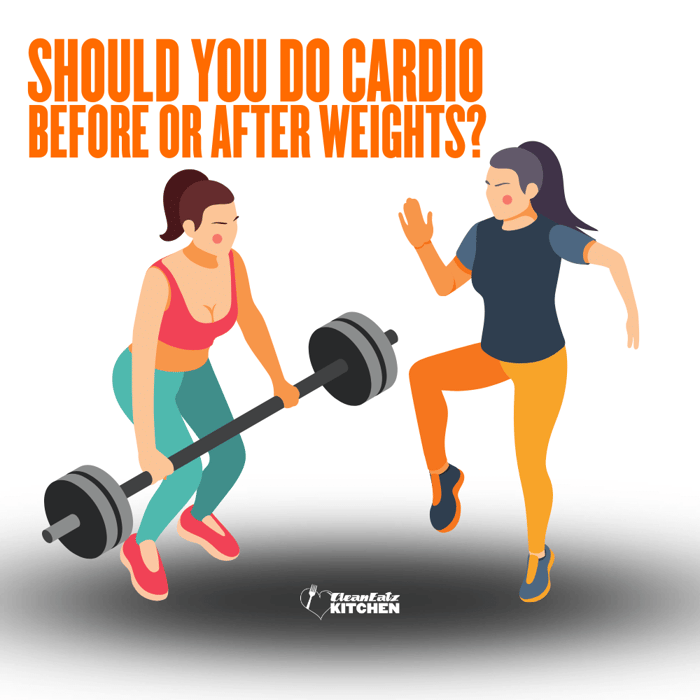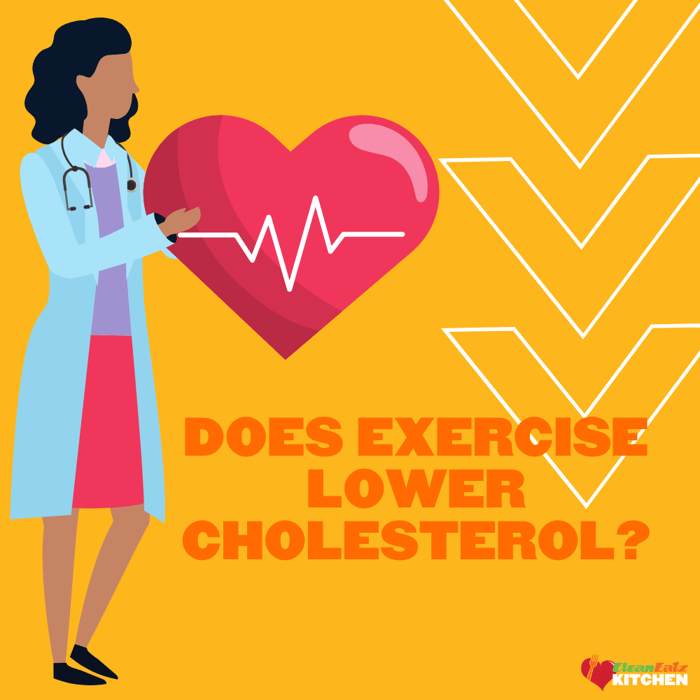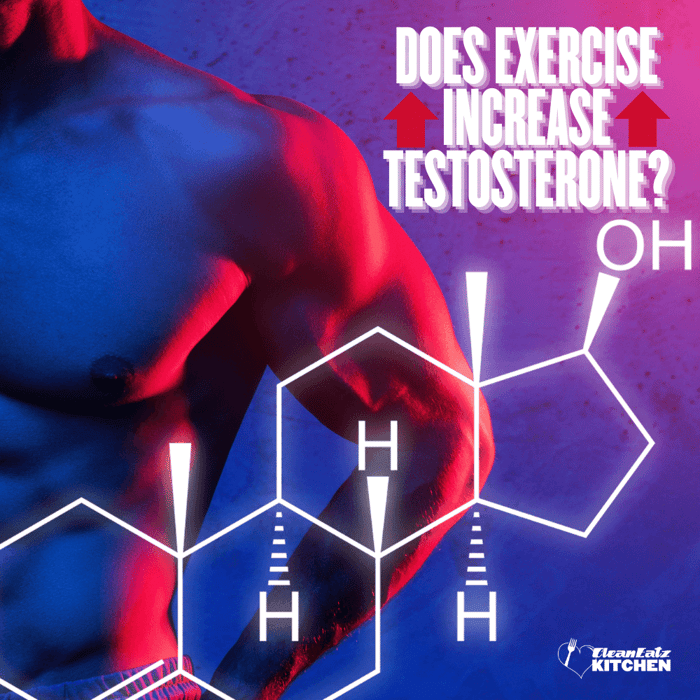Should You Do Cardio Before or After Weights?

Jason Nista
Exercises & Fitness
|
Weight Loss
09/24/2025 11:04am
4 minute read
Updated: September 24, 2025
Should You Do Cardio Before or After Weights?
TL;DR
Your goal decides the order. Want to lift heavier/build muscle? Do cardio after lifting (or on a separate day) so legs and grip are fresh. Training for a race? Do cardio first on key endurance days. General fat loss? Either order works—prioritize the part you’re most likely to skip. If both in one session: keep pre-lift cardio easy (5–10 min warm-up), save HIIT for after weights or another day, and aim for 20–35g protein post-workout.
Table of contents
- Start with your goal
- Why order matters (the short science)
- What type of cardio pairs best with lifting?
- If you combine them in one session
- Sample weekly templates
- Fuel, protein, and recovery
- Readers also ask
- FAQs
Helpful reads: How many calories should I burn a day? · Beginner barbell workouts · Muscle-building mistakes to avoid · Benefits of burpees
1) Start with your goal
- Strength/Muscle first: Lift → then cardio (or separate days). You’ll keep bar speed, technique, and loads higher.
- Endurance first: Cardio → then lift, especially on race-specific days where pace or time matters.
- General fitness/fat loss: Either works—put the priority first and keep total weekly volume consistent.
2) Why order matters (the short science)
Cardio done hard before lifting can reduce force output and bar speed via neuromuscular fatigue and glycogen drain. Heavy lifting first can make subsequent cardio feel harder, but usually doesn’t hurt easy-paced work. That’s why HIIT pairs better after lifting or on separate days.
3) What type of cardio pairs best with lifting?
- LISS (easy, steady): 15–40 min at conversational pace—great after lifting or on rest days.
- Tempo/threshold: Do on cardio-priority days or hours away from heavy leg training.
- HIIT/sprints: Place after lifting or separate by ≥6 hours. Keep total work short (10–20 min of intervals).
- Circuits/MetCon: Treat as conditioning; avoid before max-effort strength work.
4) If you combine them in one session
- Warm-up: 5–10 min easy cardio + dynamic mobility.
- Strength block: 30–45 min main lifts + assistance.
- Finish: 10–20 min LISS or 6–10 min HIIT (e.g., 10×30s hard/60s easy).
- Rule of thumb: Hard stuff last. Keep pre-lift cardio easy so it doesn’t sap performance.
5) Sample weekly templates
Pick one that matches your schedule; swap days as needed.
- 3-day lift / 2-day cardio: Mon lift · Tue cardio (LISS) · Wed lift · Fri lift · Sat cardio (HIIT or tempo).
- Upper/Lower split + cardio: Mon Upper + 15–20 min LISS · Tue Lower · Thu Upper + HIIT finisher · Fri Lower · Sat easy cardio walk/bike.
- Race-focused: Tue intervals (run/ride) → PM short lift · Thu tempo run · Sat long run · 1–2 short full-body lifts on non-key days.
6) Fuel, protein, and recovery
- Before: If training >60 min, have a light carb snack (banana, toast) 30–90 min prior.
- After: Aim for 20–35 g protein and some carbs within 2 hours.
- Sleep & steps: Don’t trade all recovery for more HIIT—walks and steady movement add up without crushing legs.
Need easy, protein-forward meals? Explore our healthy meal plans, the Weight Loss Meal Plan, or build your own.
Readers also ask
Is fasted cardio better for fat loss?
Not meaningfully over 24 hours—total calories and protein matter most. Start here: calorie targets guide.
How long should I separate cardio and lifting?
If both are hard, aim for ≥6 hours. Otherwise, do the priority first and keep the other easy.
Can I do HIIT before squats?
Better after, or on a separate day—fresh legs protect technique and strength progression.
What if I only have 30 minutes?
Do a short full-body lift (A1/A2 supersets), then 5–8 minutes of intervals or a brisk 10-minute incline walk.
FAQs
Which is “best” for fat loss: cardio or weights?
Weights preserve muscle and metabolism; cardio adds calorie burn and fitness. Both beat either alone for most people.
Will cardio kill my gains?
Not if you program it. Keep HIIT brief, avoid doing it right before heavy lower-body lifting, eat enough protein, and sleep.
What heart-rate zone should LISS be in?
Usually a conversational pace (~50–70% max HR). You should be able to speak in sentences.
Related reads: Beginner barbell workouts · Muscle-building mistakes · Benefits of burpees
Related Articles
Can Hypnosis for Weight Loss Be Effective?
8 minute read
How Does Exercise Lower Cholesterol?
7 minute read



